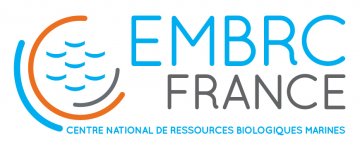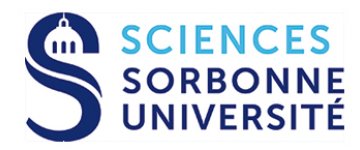ANR Taxcy
a-cyanobacteria, i.e. cyanobacteria possessing a form IA RuBisCO (the enzyme necessary for the fixation of atmospheric CO2), are the most abundant and ubiquitous photosynthetic prokaryotes in both marine and freshwater ecosystems and contribute to a large part of ocean net primary productivity. Besides Prochlorococcus, this monophyletic group includes 3 major lineages (or sub-clusters, SC) assigned to the genera Synechococcus or Cyanobium. Members of SC 5.3 thrive in some marine ecosystems and many temperate freshwater lakes, SC 5.2 includes freshwater and halotolerant representatives and often dominates in estuaries, while SC 5.1 is by far the most abundant lineage in the open sea, with five major clades dominating in distinct niches This ecological success as well as the numerous available strains, genomes and metagenomes make them highly pertinent models in microbial ecology, which can be studied at all organization scales from genes to ecosystems. However, their long evolutionary history, their lack of morphological specificity, their high phenotypic plasticity and genotypic variability among closely related lineages, have so far made it difficult to define ecologically significant taxonomic units, which prove essential to unravel the links between phylogenetic diversity, functional capacities and habitat.
In this context, the main objectives of the TaxCy project will be to:
-
Define functional taxonomic units within a-cyanobacteria by combining the existent and newly generated data on phenotypes, genotypes and habitat, with a particular focus on both marine and freshwater uncultivated taxa that have been largely overlooked so far,
-
Use this optimized classification system to better understand the evolution of these organisms and how genotypes have differentiated functionally and ecologically from their close and more distant relatives in response to variations in environmental factors, and
-
escribe and model environmental and metabolic niches to decipher the importance of particular reactions and pathways in the survival of the different species in their specific ecological niches.
The project involves the Roscoff ECOMAP team (L Garczarek, F. Partensky, J. Silva Bernardes, M. Ratin, C. Berthelier and E. Faure), the Combi team from Nantes university (D. Eveillard, S. Chaffron) as well as several platforms/services from the Station Biologique of Roscoff: the Roscoff Culture Collection (RCC, I. Probert, P. Gourvil, M. Grego), the Analysis and Bioinformatics for Marine Science (ABiMS) core facility (E. Corre, M. Hoebeke, L. Brillet-Gueguen), the DNA sequencing platform Genomer (G. Tanguy), the TEM microscopy platform Merimage (S. Le panse), the flow cytometry platform Recyf (M. Gachenot) and the communication service Comedis (M. Guichoux).







